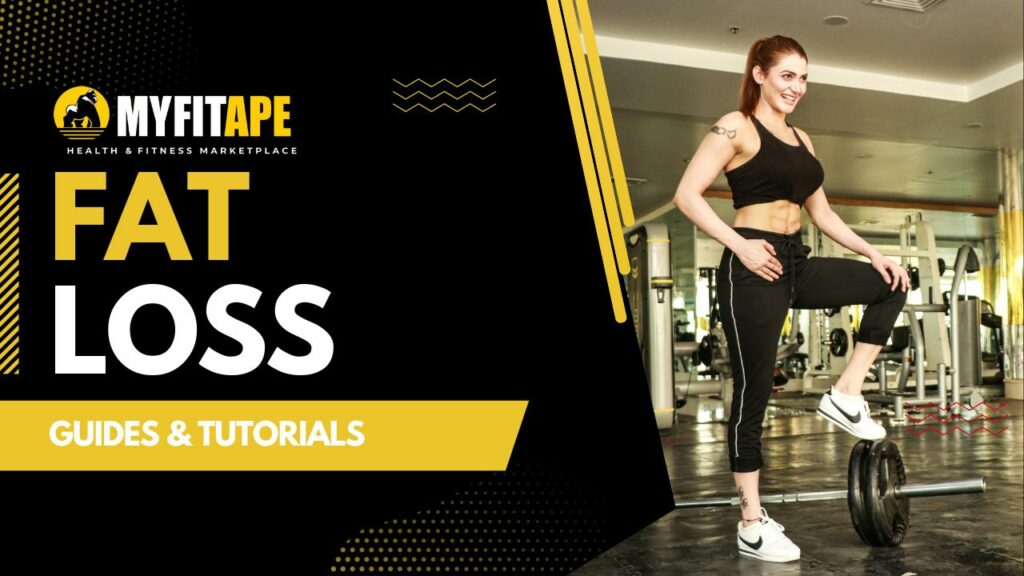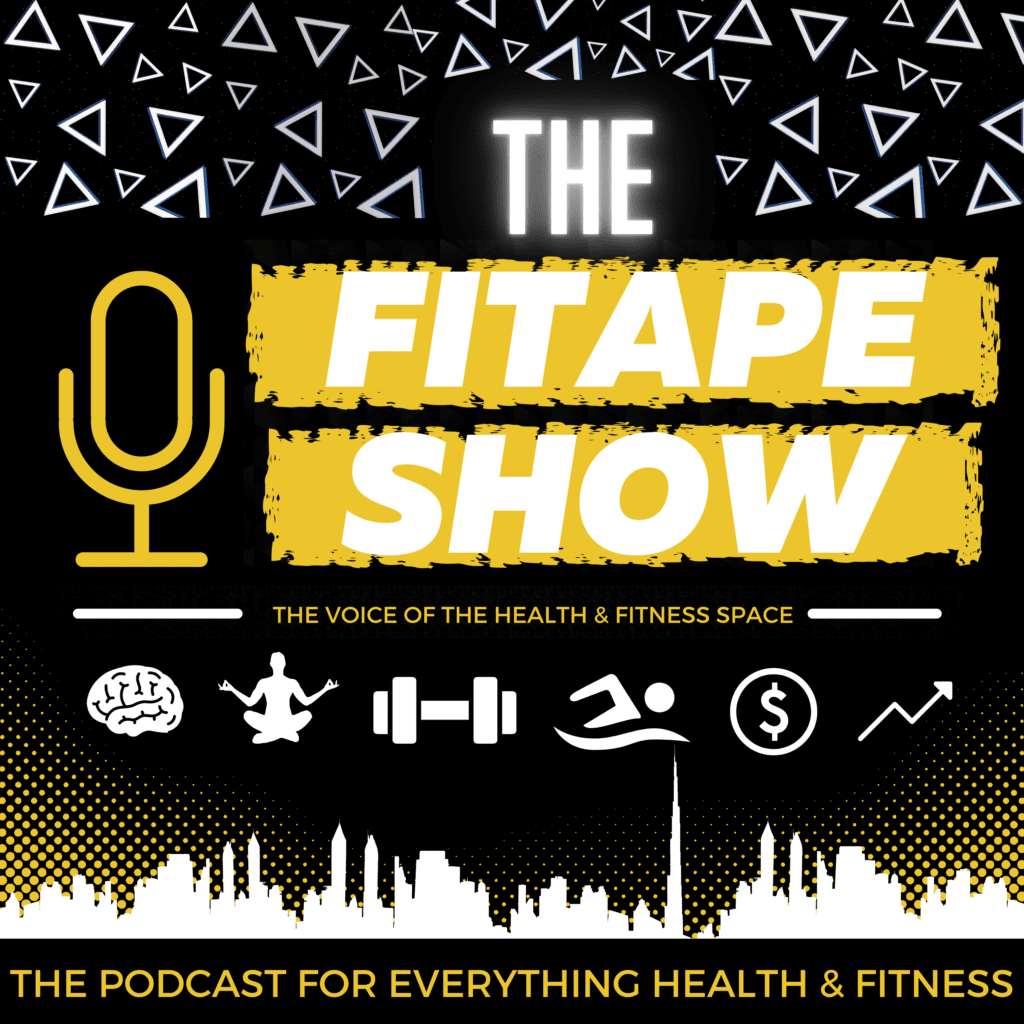Sprints for Faster Fat Loss: A Beginner’s Guide
Introduction to Sprinting for Fat Loss
Sprinting is an incredibly effective form of high-intensity interval training (HIIT), and is a great way to lose fat and get in shape. Studies have shown that sprinting causes more fat loss than traditional steady-state running, making it an efficient way to shed fat and improve your fitness. This guide will introduce you to the basics of sprinting, and provide you with tips for getting started. We’ll also provide an FAQ section at the end to address any common questions.
Getting Started with Sprinting
If you’re new to sprinting, it’s important to ease into it gradually. Start with short sprints, and gradually increase the distance and intensity over time as you get stronger and more comfortable. Here are some tips to get started with sprinting:
- Start by warming up with some light jogging or walking before beginning sprints.
- Set a goal of sprinting for a specific distance, and aim to increase that distance over successive workouts.
- Focus on technique to ensure you are using correct form to get the most out of each sprint.
- Incorporate rest days into your program to allow your body and muscles to heal and recover.
- Choose a surface that is safe and large enough for you to complete your sprints without any risk of injury.
- Be sure to cool down and stretch after each session to reduce muscle soreness and stiffness.
Tips for Improving Performance
Once you’ve gotten comfortable with sprinting and have been at it for a few weeks, you may want to focus on improving your performance. Here are a few tips to help you do that:
- Keep track of your times and distances to help you measure progress over time.
- Add in sprint circuit training that incorporates body weight exercises in between sprints to improve endurance and muscular strength.
- Increase the intensity of your sprints as you become stronger – this can be done by running faster or increasing the duration.
- Use sprints as a way to break up monotonous cardiovascular exercises such as running or cycling.
- Incorporate interval training into your sprinting program to help improve your aerobic and anaerobic capacity.
- Focus on technique by visualizing how your body should move when sprinting. This will ensure you are using correct form for maximum efficiency.
FAQS
Q: How many times should I be sprinting?
A: It depends on your individual fitness level, but a good rule of thumb is to start by sprinting 1-2 times per week. As your fitness level increases, you can increase the number of sprints per week.
Q: Is it safe to sprint?
A: Sprinting is generally safe as long as you take the necessary precautions before, during, and after each session. Be sure to warm up and cool down properly, and choose a surface that is appropriate for sprinting.
Q: Can I sprint indoors?
A: Yes, you can. There are several options for indoor sprinting, such as indoor track and treadmill sprints. However, it’s important to note that sprinting on a treadmill may be more challenging due to the lack of wind resistance.
Q: What are the benefits of sprinting?
A: Sprinting has many benefits, including improved cardiovascular fitness and muscle strength, faster fat loss, and improved mobility and balance.





